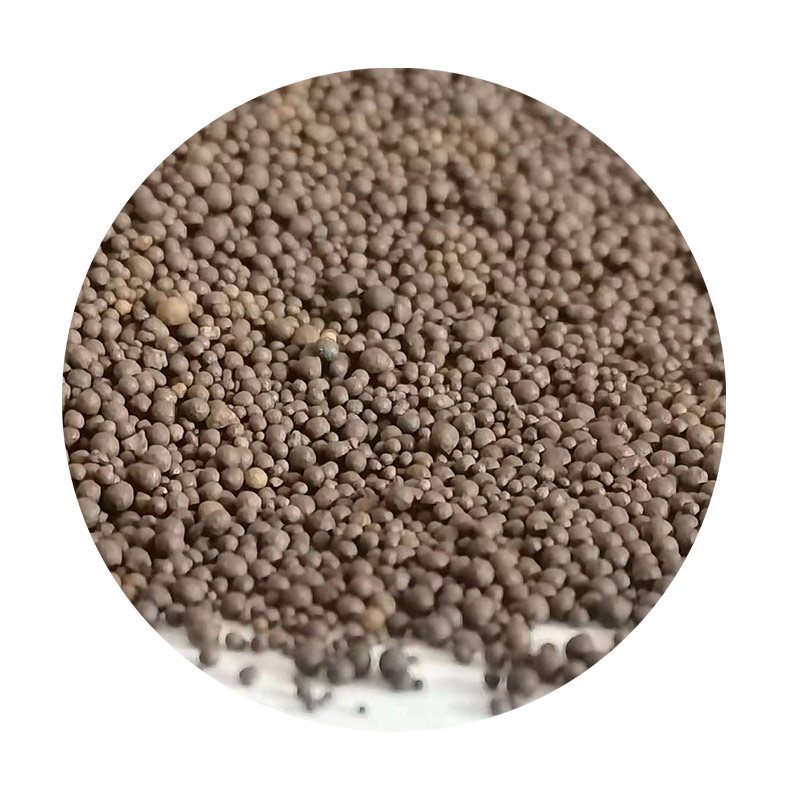The Art of Sanding and Polishing Resin A Comprehensive Guide
Resin craftsmanship has gained immense popularity in recent years, thanks to its versatility and the stunning results it can produce. Whether you are creating beautiful coasters, jewelry, or decorative objects, mastering the art of sanding and polishing resin is crucial for achieving a professional finish. This article will delve into the techniques, tools, and tips to help you elevate your resin projects.
Understanding the Basics of Resin
Before we dive into sanding and polishing, it’s essential to understand what resin is. Resin is a synthetic compound that can be poured into molds and, after curing, be sanded and polished to create a smooth, glossy finish. The most common types of resin used in crafting are epoxy and polyester. Each has its own properties, but both require similar finishing techniques.
The Importance of Sanding
Sanding is a critical step in the finishing process of resin. It involves smoothing out the surface and removing any imperfections such as bubbles, fingerprints, or unevenness that may have occurred during the pouring process.
1. Choosing the Right Sandpaper Selecting the right grit is vital. Start with a coarser grit sandpaper, such as 80 or 120, to remove major imperfections. As you progress, move to finer grits like 220, 400, and eventually up to 1000 or even 2000 for a super smooth finish. It’s essential to use wet/dry sandpaper when sanding resin, as wet sanding helps prevent dust and reduces the risk of scratching the surface.
2. Sanding Technique Begin sanding gently, using circular motions to ensure an even approach. Avoid staying in one spot for too long, as this can lead to uneven surfaces or damage the resin. Always keep the surface damp to help minimize dust and allow for a smoother finish.
Transitioning to Polishing
sand and polish resin

Once you have achieved a satisfactory evenness with sanding, it’s time to polish the resin to bring out its shine. Polishing resin can truly transform your piece, making the colors pop and enhancing its beauty.
1. Polishing Compounds After sanding up to 1000 or 2000 grit, you can apply a polishing compound. There are many commercial products available, but look for a fine polishing cream specifically designed for plastics or resins. Common choices include car polish or jewelry polish, which can achieve excellent results.
2. Polishing Tools For effective polishing, you can use a soft cloth, a buffing wheel, or a rotary tool with a polishing attachment. If using a power tool, be cautious with the speed to avoid overheating the resin, which can lead to discoloration or damage.
3. Polishing Technique Apply the polishing compound in a circular motion, similar to sanding. For larger surfaces, a buffing wheel can save time, but ensure you keep moving to avoid heat buildup. After polishing, clean off any residue with a soft microfiber cloth to get a clear and shiny surface.
Final Touches
Once the polishing is complete, inspect your work under good lighting. Look for any remaining imperfections that may need a touch-up with fine sandpaper followed by a second polishing. Remember, patience is key in this process. Taking the time to achieve a perfect finish will significantly impact the overall appearance of your resin project.
Conclusion
Sanding and polishing resin is an art that requires practice and patience. By starting with the right tools and techniques, anyone can enhance the beauty of their resin creations. Remember to take your time and maintain a steady hand throughout the process. Whether you are a beginner or an experienced crafter, mastering these finishing techniques will undoubtedly elevate your resin projects, leaving you with stunning, professional-quality pieces that you can be proud of. Happy crafting!
Post time:Rhag . 12, 2024 18:24
Next:sand in resin
